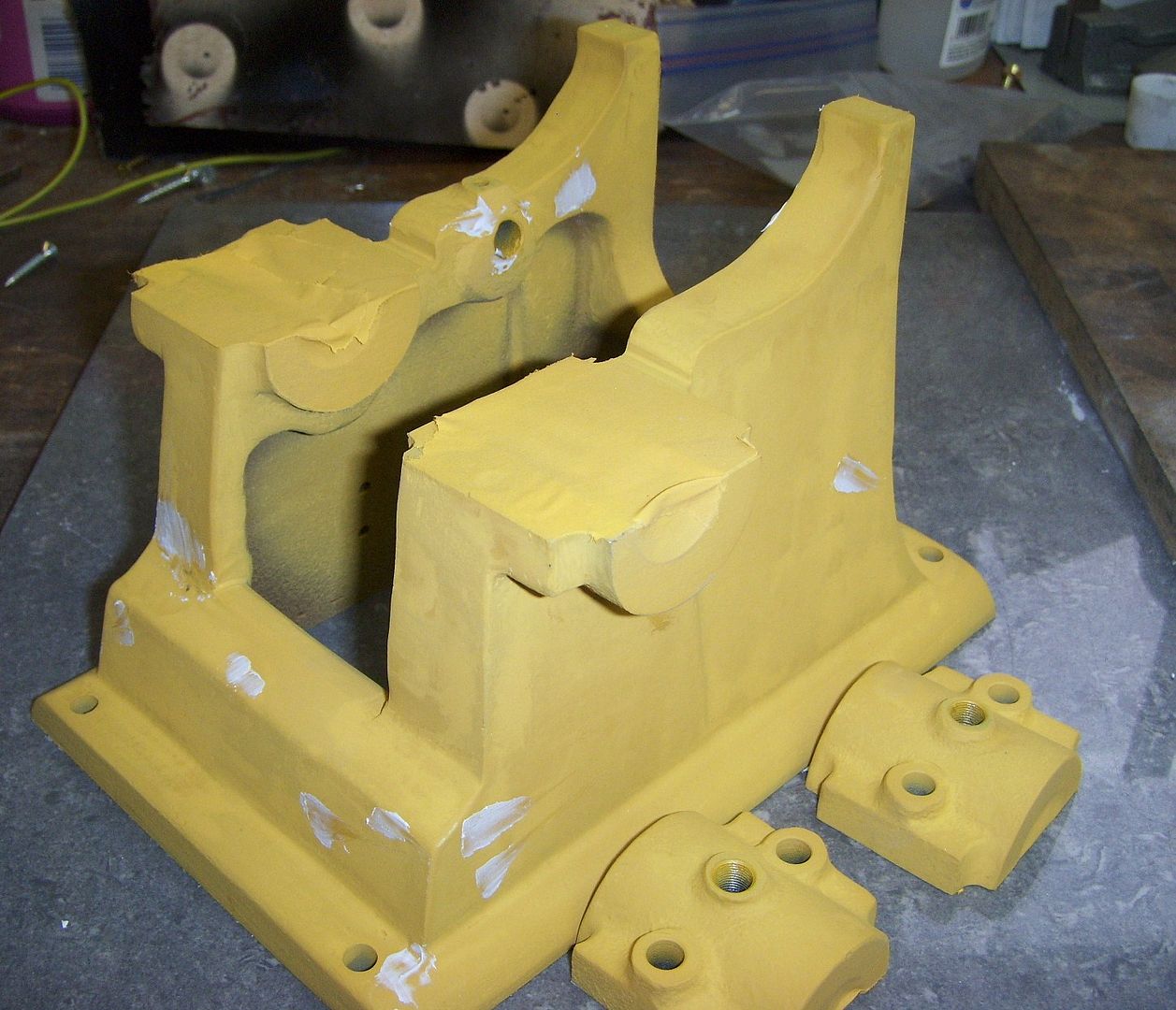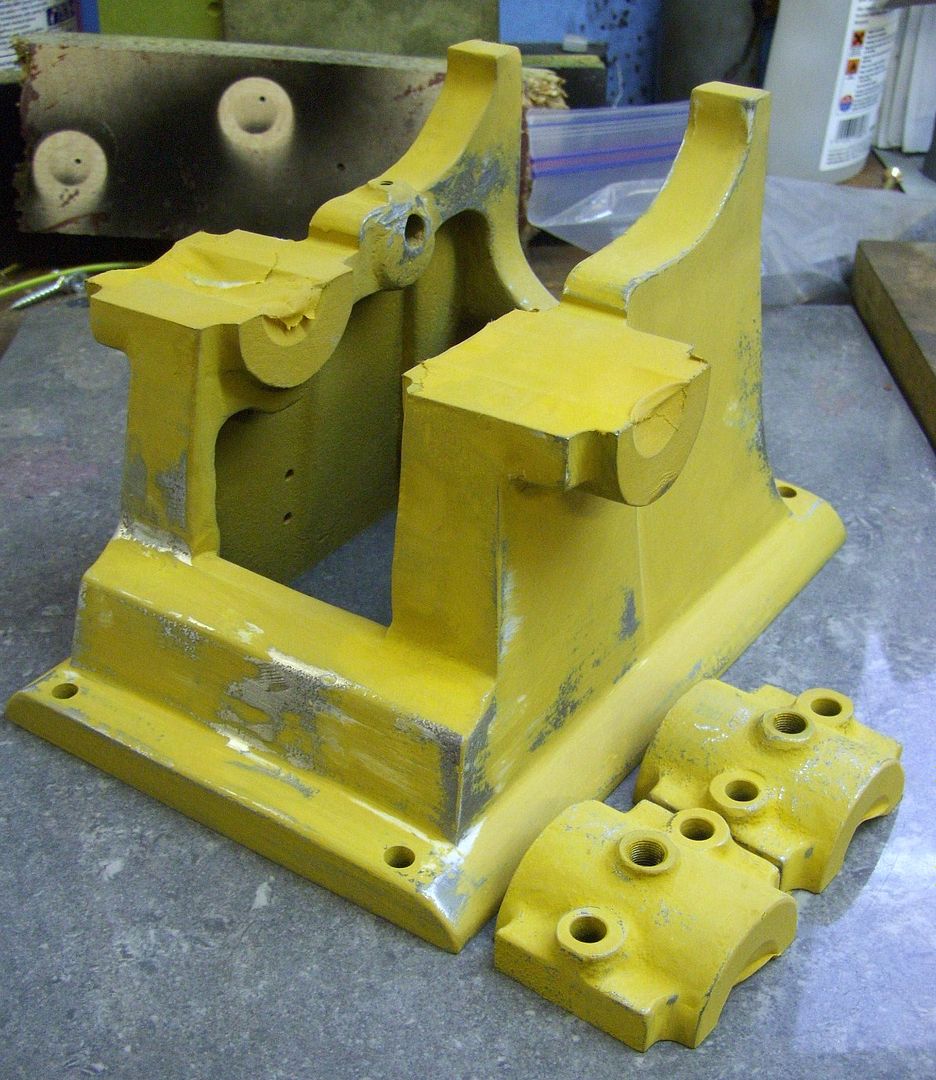lee webster
Well-Known Member
The method for smoothing a surface that works for me is this.
Scrape the high points down. I have a PLA that responds very well to scraping, others might not.
Spray the surface with automotive primer/filler. One coat.
Sand the paint to only leave paint in the low spots. Spray another coat. Sand again.
Check the surface to see if it needs filling. If it does, I use a car body filler that sets hard, but not rock hard.
Scrape and sand until smooth.
Spray with automotive primer. It shouldn't need primer/filler by now. Just a mist coat.
Spray with automotive gloss paint. Any colour. It should look smooth. Mettalic paint seems to go on thicker, and even out better.
I have watched many videos about surface filling and smoothing. One suggested using automotive body "putty" in a tube. The man mixed some of the putty with acetone (I think) to make the putty thinner, and then brushed it on the surface. When it had dried, he sanded it. It worked well, but again, I think it's down to the PLA.
I thought my sanding/filling days were behind me when I bought a resin printer. They weren't! Even resin prints need some sanding and filling.
Scrape the high points down. I have a PLA that responds very well to scraping, others might not.
Spray the surface with automotive primer/filler. One coat.
Sand the paint to only leave paint in the low spots. Spray another coat. Sand again.
Check the surface to see if it needs filling. If it does, I use a car body filler that sets hard, but not rock hard.
Scrape and sand until smooth.
Spray with automotive primer. It shouldn't need primer/filler by now. Just a mist coat.
Spray with automotive gloss paint. Any colour. It should look smooth. Mettalic paint seems to go on thicker, and even out better.
I have watched many videos about surface filling and smoothing. One suggested using automotive body "putty" in a tube. The man mixed some of the putty with acetone (I think) to make the putty thinner, and then brushed it on the surface. When it had dried, he sanded it. It worked well, but again, I think it's down to the PLA.
I thought my sanding/filling days were behind me when I bought a resin printer. They weren't! Even resin prints need some sanding and filling.






















![DreamPlan Home Design and Landscaping Software Free for Windows [PC Download]](https://m.media-amazon.com/images/I/51kvZH2dVLL._SL500_.jpg)







































